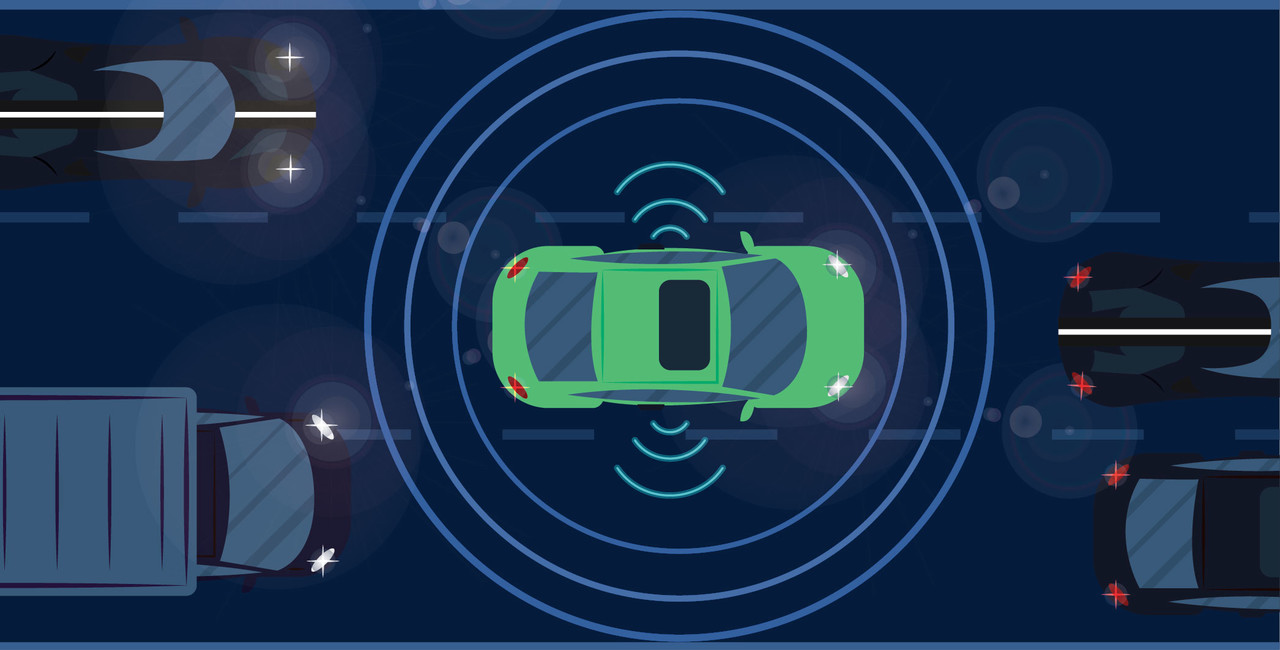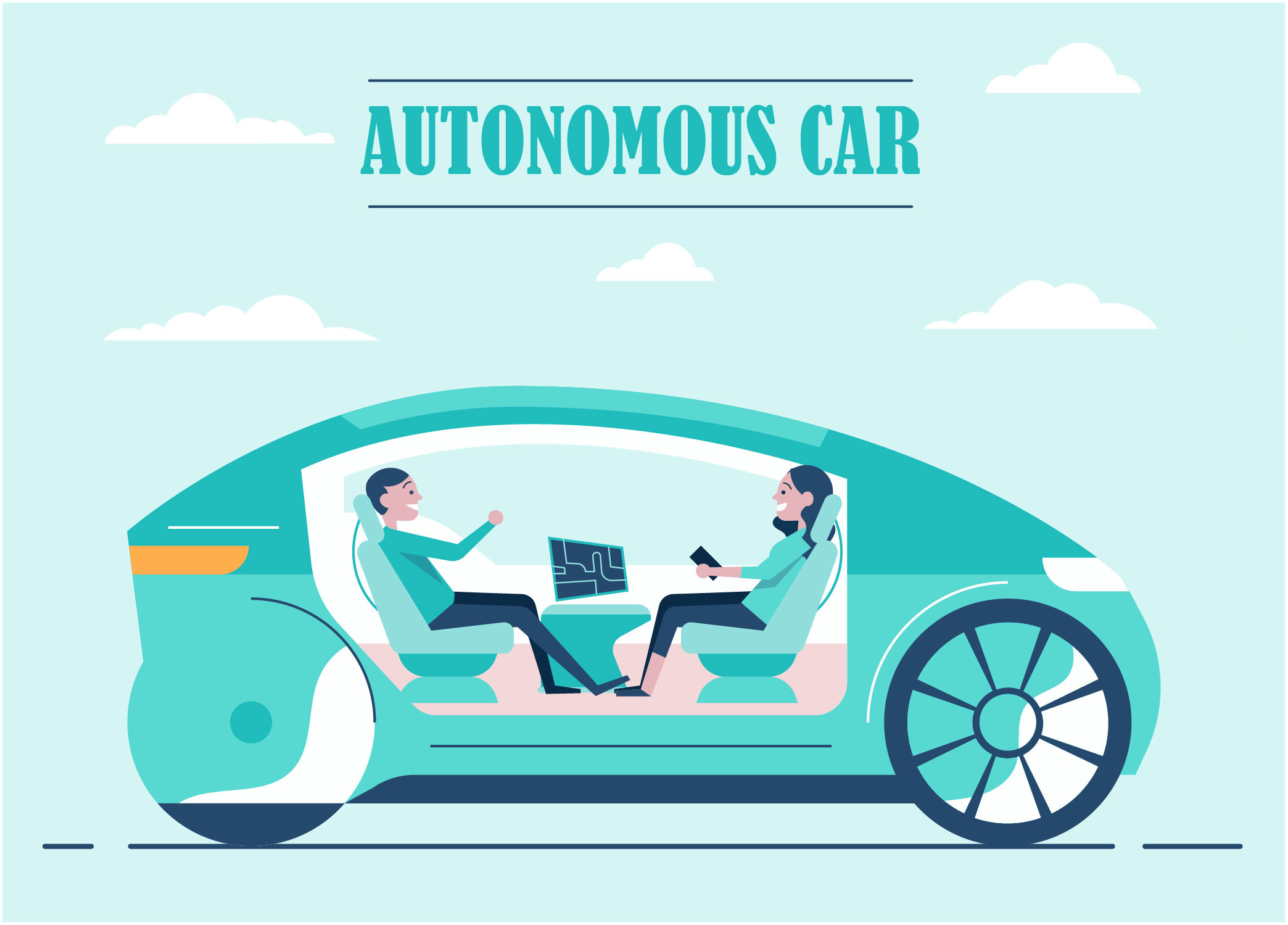Self-driving cars. Should we expect them soon on the roads? Major challenges

A self-driving car (also called an autonomous or a driverless car) is a computer-controlled vehicle that uses a multiple sensors, cameras, radars to travel between destinations without a human input.
Most of us have heard or read about self-driving cars and that some car manufacturers are testing nowadays such vehicles. There are certain areas like Bordeaux, France or Las Vegas, USA where testing/driving of autonomous car is allowed. Some manufacturers claim that they will produce fully-autonomous car in the early 2020s, but does it really mean that these cars will populate our streets in the next decade?

These are several challenges that most car manufacturers still facing:
Digital maps. In order to drive autonomously self-driving car needs a high-quality detailed 3D map of the area where it operates. Roads are changing constantly; therefore such maps need to be updated quite often gathering more and more data. Potential solution here can be if all companies testing these cars will share the data they collecting from the sensors.
Weather conditions. One of the main challenges for self-driving cars remains weather or poor weather conditions. Similar to our eyes, car sensors don’t work as well in rain, fog or snow. Experts believe that new generation of sensors can overcome weather challenges.
Potential cyber attacks. Another issue is cyber security. Today’s cars are getting smarter and more connected, each car may has several body computers with its own software. How do you make sure these cars can’t be hacked? Many car enthusiasts modifying their vehicles, i.e. installing bigger wheels, in the future they may also try to reconfigure main computer.
Social interaction or robots are still not smart enough. Every day each driver deals with a lot of unpredictable situations on the roads, each one is very unique. Just think about these driving situations which require eye contact – pedestrian which stays near the crossing, but has no intension to go on the other side or situation where policeman by gestures regulate the traffic – easy for regular driver, but still quite tough for computer.
Described above are mainly technical challenges, however there are number of ethical and legal aspects, which shouldn’t be considered as minor:
- During unavoidable crash self-driving car has to decide whether to run over a group of pedestrians or turn left into oncoming traffic, possibly killing its own occupants (the trolley problem).
- Who will be responsible when an autonomous car is involved in an accident, person in the car or the car manufacturer?
- Many jobs related to transportation and logistic businesses like truck or bus driver will be eliminated.
The technology is advancing rapidly, and some forms of autonomy like adaptive cruise control, self-parking, and automotive emergency braking already exist some vehicles.
Self-driving cars are coming, but we are probably still decades far from their everyday use.